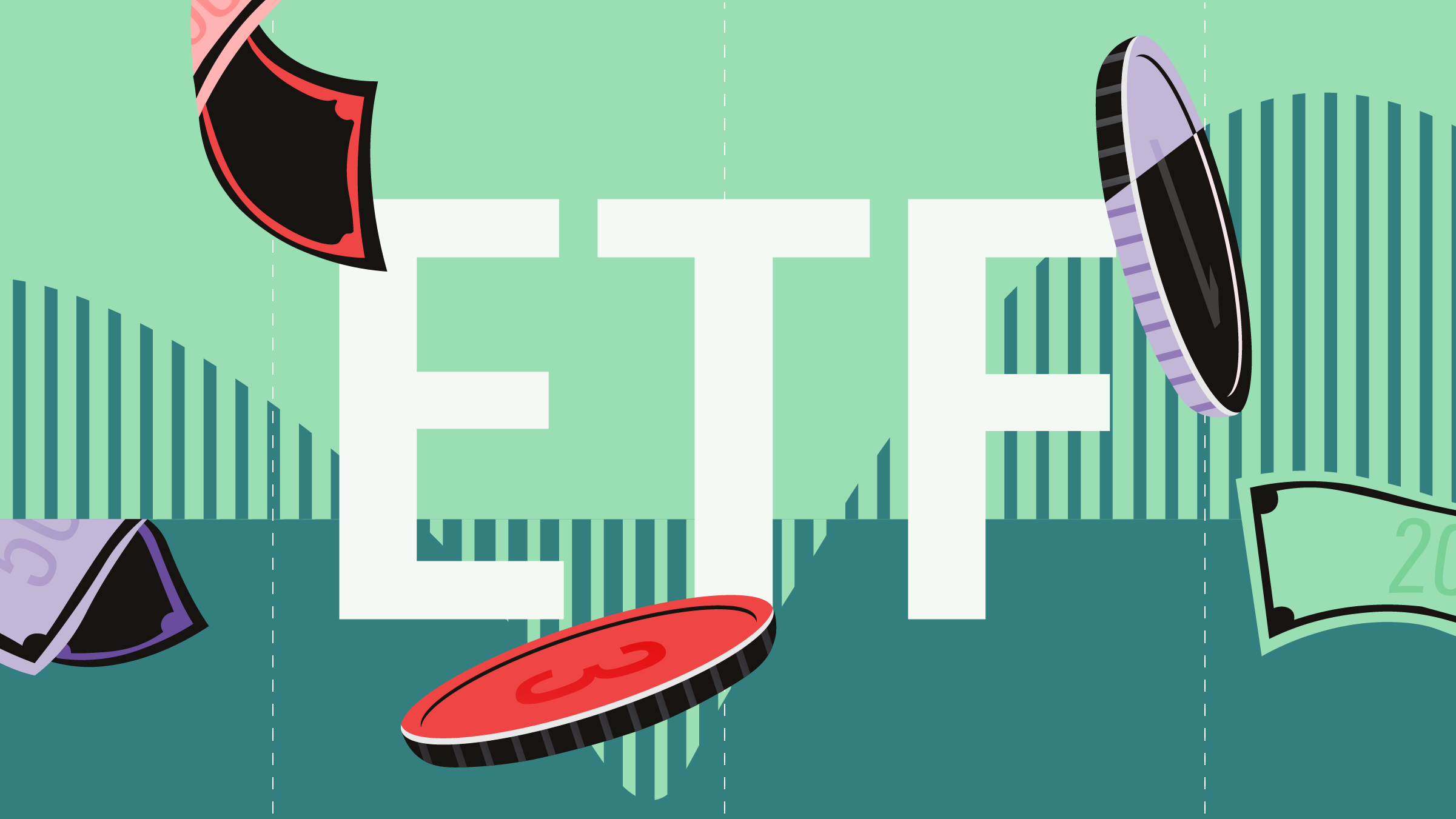Christian Charest: For Morningstar, I'm Christian Charest. Factor-based ETFs, which seek to exploit investment premiums such as value, momentum or low volatility, have dominated new product launches in Canada over the past several years. And with this increased popularity comes increased scrutiny over how to best use them in a portfolio. Should you pick just one factor that makes the most sense to you? Or if you combine them, do you decide on the allocation yourself, or do you let a professional portfolio manager do it for you? To discuss these questions, I'm joined today by Antonio Picca, Head of Factor-Based Strategies at Vanguard Quantitative Equity Group.
Antonio, thanks for being with us today.
Antonio Picca: Thanks, Christian.
Charest: So, to start with, right now Vanguard in Canada doesn't offer what are called multi-factor funds, or funds that combine different factors. You only offer single-factor ETFs. So, as an investor what would be the best way for me to use these funds?
Picca: We currently offer four factor funds in Canada. The value factor that seeks exposure to relatively cheaper securities; the momentum factor that seeks exposure to securities that have appreciated in price more than other securities; and the liquidity factor that seeks exposure to relatively less liquid securities. The goal of these three factor funds is to outperform the market over long periods of time. We also offer a minimum volatility strategy. The goal of the minimum volatility strategy is to deliver equity market exposure but with lower-than-market volatility with the potential to achieve higher-than-market risk-adjusted returns over long periods of time.
The way investors should think about incorporating factors in their portfolios really depends on whether they have conviction in a given factor. For example, do they really believe that less liquid stocks are going to deliver a premium over long periods of time. Also, it depends on the appetite they have for active risk. And one way to think about active risk is tracking error with respect to the market and also, on their investment horizon. When we think about factors, we are thinking about an allocation that is 10 to 15 years long.
Now, one way to reduce some of these concerns is to combine together multiple factors so that you need less conviction in each one of them, you get to lower active risk or lower tracking error with respect to the market and you also can increase the reliability of outperformance over shorter periods of time.
Charest: Now, assuming that an investor chooses to pick single-factor ETFs, what's the best way to combine them? Are we talking about a static allocation or is it something that should move around over time?
Picca: Unless you have a really strong conviction the expected return of a factor and how is it going to change over time, my recommendation is to keep a static allocation that is, let's say, won't change between 10 to 15 years unless your investment goal changes as an investor. Now, again, unless you have strong conviction about differences in expected returns across the factors or differences in their correlation over time, my starting assumption, I think, for most investors is an equally-weighted combination of the factors that you have conviction in.
Charest: And should this be combined with a portion of the portfolio that would be more market-cap weighted or should an investor's entire equity portion be in factors?
Picca: We are Vanguard. So, we always start from the market-capitalization-weighted portfolio. And then we deviate from market capitalization by adding a certain amount of factor exposure. Some investors who really want a stronger factor exposure can combine 50% of the market-cap-weighted portfolio with 50% of a combination of multiple factors.
Charest: Now, there are also several funds out there that will combine these factors for you in an all-in-one package, much like a balanced fund will mix different asset classes. What are some of the benefits of that approach?
Picca: There are two ways of combining really factors together. One is a top-down methodology where you are buying individual factor funds and combining them equally weighted as we mentioned before, for example, is a way of doing it. The advantage of that is it allows you choose which factors do you want, how many factors do you want, different weighting methodologies and potentially, hiring different managers to manage a specific factor. The advantage of this approach is that it is fairly transparent. It gives you a lot of choice. It also allows you to understand what is contributing to performance, what is detracting from performance.
The other approach that you are mentioning is mostly implemented through a bottom-up combination of the factors, which literally means that you look at, let's say, a value and a momentum signal, for example, and you want to target stocks that are attractive according to value but do not look extremely attractive according to momentum. This type of approach gives you a more balanced exposure to the different factors and so, over longer period of time gives you a greater potential for outperformance. But you do lose some of the flexibility, some of the control, some of the transparency that you get from a top-down approach.
Charest: And getting back to more broadly speaking, what would be some of the drawbacks of having an all-in-one solution versus what we were talking about earlier, selecting your own individual factor funds?
Picca: Really, at a point, you really have to follow whatever an asset manager is doing for you. The asset manager is doing the allocation for you, he is selecting the factor, he is deciding how to weigh them, so you don't have a choice on how to combine the factors. You can always start from multi-factor bottom-up and then add on individual factors to get to a more targeted exposure, but you are giving up some of the control.
Charest: And just to sum up, what would you recommend to investors to help them to give them a better chance of picking the product that's right for them?
Picca: Well, first of all, they need to do their due diligence. They really need to be convinced about the fact that factors can outperform over longer periods of time. And they need to be patient. Patience is the key with factor investing. I mentioned before, a 10 to 15-year horizon period. That's what investors need to be willing to be in for. It's a long-term game.
Charest: And you have to know what you are investing in. That's always key.
Picca: Absolutely.
Charest: Antonio, thank you very much for sharing your insights with us today.
Picca: Thanks for having me, Christian.
Charest: For Morningstar, I'm Christian Charest. Thank you for watching.

















